
Five Ideas for Inspired Food Photography
Today, food photography has become an essential part of dining out—so many of us stop to take a photo before taking our first bite of dinner.
Documenting the visual allure of what we eat has become the rite of passage for any modern meal. There are many ways to highlight the sensuous and aesthetic pleasures of eating, and cataloguing this with food photography has never been easier.
Whether it’s showcasing how something has been prepared in your own kitchen, enjoying a dish at a restaurant (when that was possible!), or commemorating the spread at a lively dinner party, we love not only creating and enjoying recipes but the images that accompany them.
Here are five ideas to keep in mind when photographing your food.
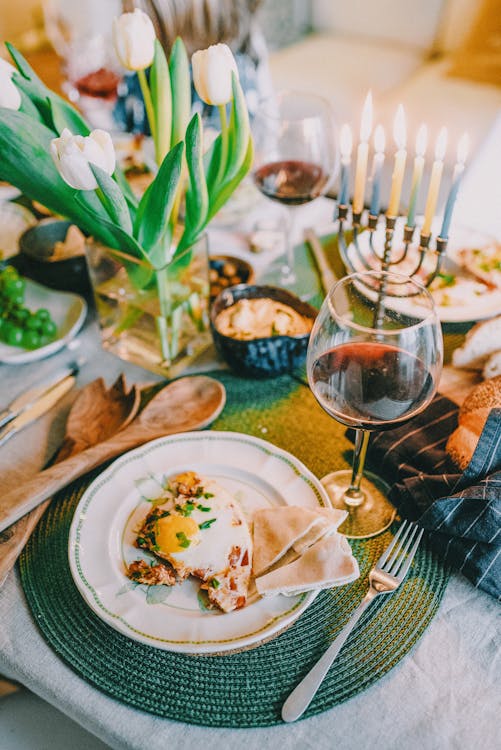
Capture the ambiance of a festive home meal by focusing on small details.
Photo by Ksenia Chernaya · View Photo
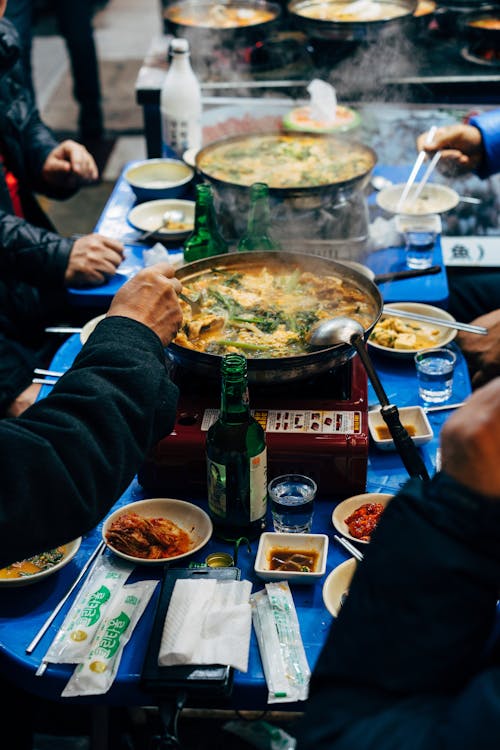
The hands of diners add movement to this table shot.
Photo by Markus Winkler · View Photo
Table View Food Photography
This approach to food photography is about a certain theatricality. Think along the lines of a production designer—the person who selects the items to tell a story visually through props and backdrop. It’s not just about the way the food looks but the way the scene is set. The goal is to pull the viewer into the middle of a meal, as though an invited guest.
The shapes of serving dishes, the elegance of floral arrangements, the folds of a napkin, the way light glimmers off the glassware: all together, these elements create ambiance and reflect not just what was served but what the meal was like.
Each seat at the table provides a different view, so try highlighting different components to draw people in from different spots and different heights. Emphasize the dynamic nature of eating around a table: don't omit plates with different portions, glasses filled to different levels, even tablecloth stains… that’s the texture of a meal.

Simple compositions can help your food photos pop.
Photo by Lina Kivaka · View Photo
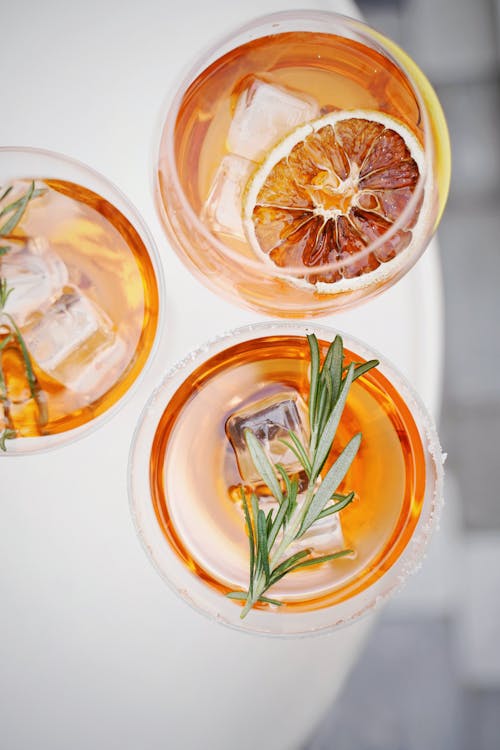
Colorful drinks make great subjects for minimal food photography.
Photo by Olena Bohovyk · View Photo
Minimalist Food Photography
Unlike the bounty of the Table View, the minimalist approach to food photography is about subtracting. Ask yourself: what distracts from letting beautiful produce, a perfect pour, or simple plating be in the spotlight? Remove everything except what’s necessary and special.
The minimalist zooms in on the essentials—directing the viewer’s eye precisely where you want it to, without any clutter, yielding a spare, calming aesthetic.
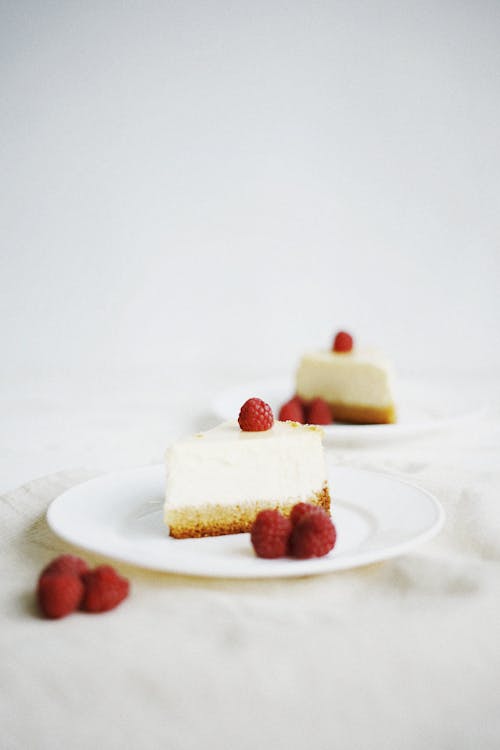
A white wall and white tablecloth help create a serenly minimal look in this shot.
Photo by Olena Bohovyk · View Photo
Keep the light very bright and very direct, and the background completely unobtrusive and immaculate, to sharpen the sense of precision. The color scheme should be demure and without excessive contrast, to emphasize the sense of harmony.
The recent wave of “clean eating”—a diet based on the belief that consuming foods in their most natural state offer health benefits—goes well with this context of “purity,” but the minimalist look can also spotlight rich delights in a restrained manner.
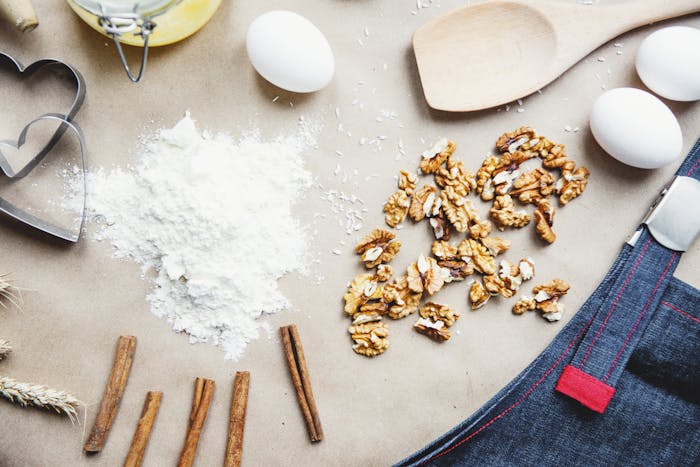
Photograph ingredients for a flat lay that shows the baking process.
Photo by Ksenia Chernaya · View Photo
Flat Lay Food Photography
This food photography approach features components arranged to be photographed from above: a bird’s eye view. The Flat Lay is often a very trendy editorial choice—think the cover of Bon Appétit magazine, or the cover visual for millennial icon Alison Roman’s cookbook Dining In.
It’s the aesthetic that perhaps most clearly highlights a “modern lifestyle” approach: a sense of curated elements brought together to convey a way not just of eating but overall living.
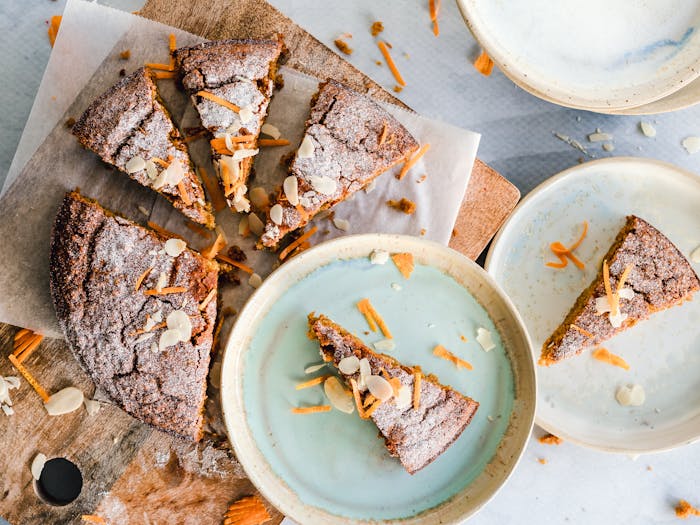
Create a simple yet stylish flat lay with beautiful plates.
Photo by Ella Olsson · View Photo
The aerial panorama means every detail should be accounted for as part of a wider tableau. Carefully consider the way things are plated: pretty dishes always help, since they will be featured head-on.
Add elements that make the surface pop: playfully sprinkle a garnish beyond the plate, use an interesting tablecloth, let complementary accessories (such as patterned paper or textiles) or loose ingredients peek into the frame.
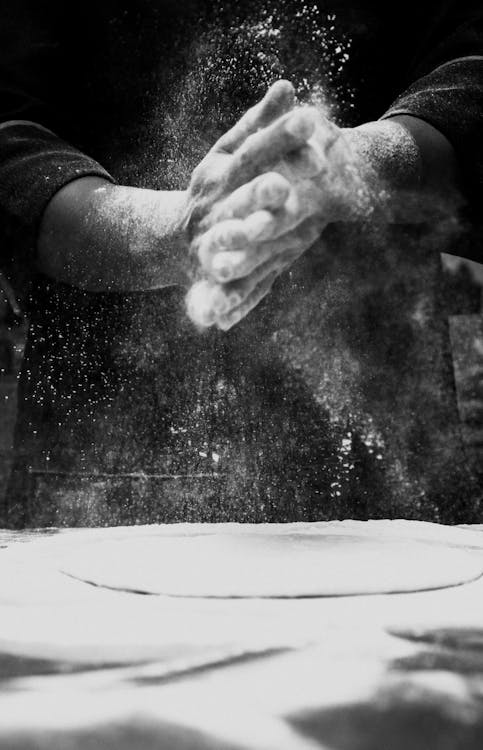
Shooting in black and white helps textures stand out.
Photo by Malidate Van · View Photo
Action Shot Food Photography
Chefs are artisans: they work with their hands, preparing each step of a meal with energetic, attentive gestures.
Focusing on the movements required to carry out a recipe—chop, mince, dice, cleave, knead, squeeze, twist, crush, blend, rub, dust, trickle, spatter—helps convey the efforts that go into making something delicious.
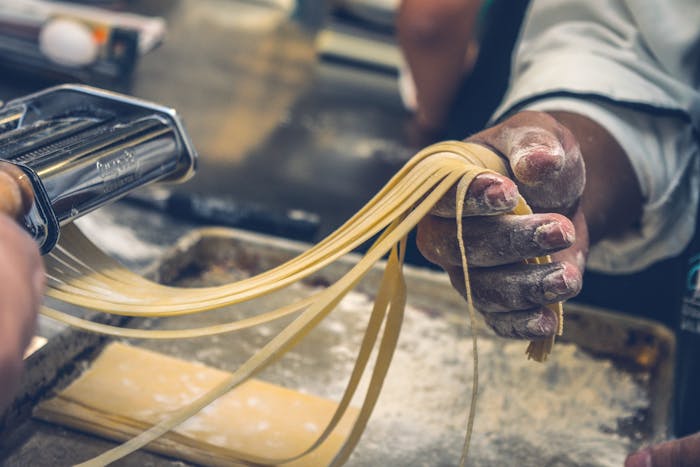
Pasta-making is a fascinating photo subject.
Photo by Jorge Zapata · View Photo
The motions are like a small-scale dance, carried out by hands and forearms. Ingredients have their own motions, with respective airiness or heft, and watching as they are being handled and manipulated can result in fascinating visuals.
Hone in on the sense of transformation, and track the ways ingredients move through kitchen space—get close, and note the way the same gesture can yield surprisingly different results with different materials.

Create a casual (yet luxe) still life by photographing a picnic spread.
Photo by Anna Guerrero · View Photo
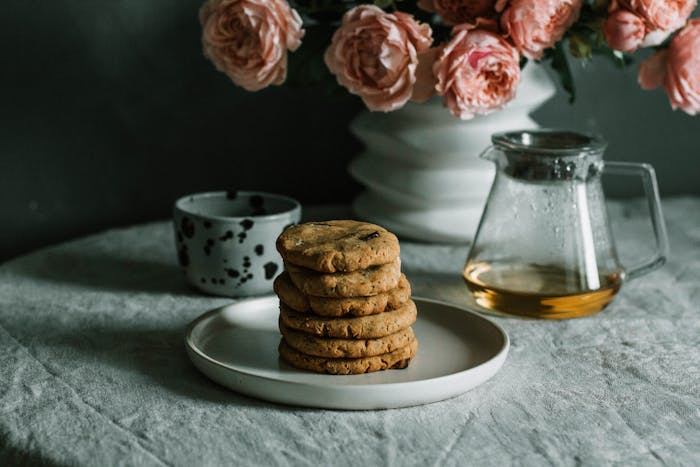
Flowers are a natural complement to food still lifes.
Photo by Marta Dzedyshko · View Photo
Still Life Food Photography
A still life is about a mood, not a meal. The masters of art history could transform mundane edible items into classical scenes, worthy of incredible admiration.
Painter Paul Cézanne understood the way light and shadow could create drama on a simple cluster of apples and oranges. Photography also has a still life legacy: William Henry Fox Talbot kicked it off as early as 1845 with “A Fruit Piece”!
The best still life food photography carefully juxtaposes edible and non-edible items; mirroring and lining up the forms between the two categories can have quite the poetic effect.
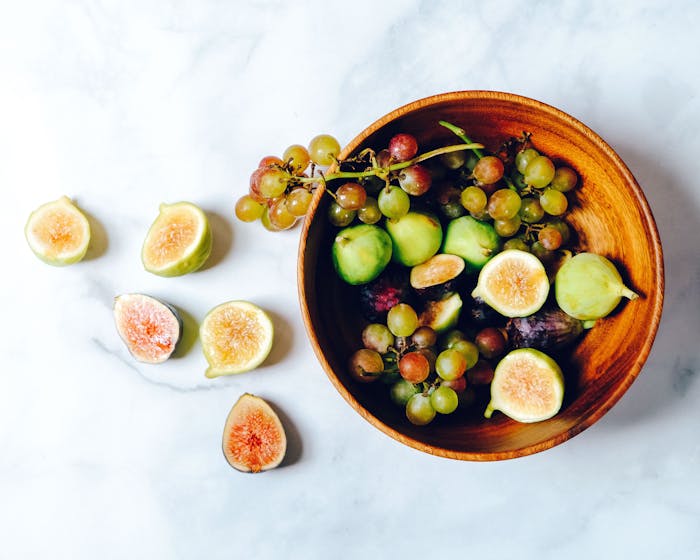
Fruits in a wooden bowl make a perfect still life photo.
Photo by Ella Olsson · View Photo
Think about the way directional rays of natural light can hit your still life: softly for a subtle contoured effect, or with more pronounced contrast, depending on the weather conditions and time of day.
Don't be afraid to get playful about which elements you include in your food-focused still lifes—just think of Irving Penn’s 1977 “Frozen Foods” series, in which he turned blocky rectangles of chilled fruits and vegetables into a surprising, memorable visual.
Cover photo by Anna Guerrero.
Find more food photography inspiration with our easy guide to food photography at home.
Written by Sarah Moroz · Apr 02
Sarah is a journalist and translator based in Paris.











